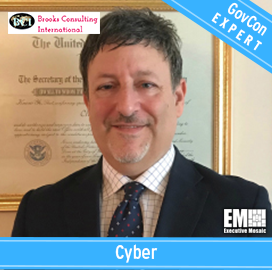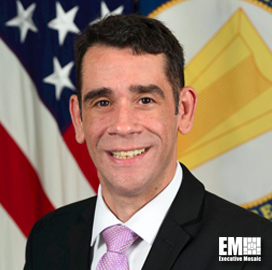

An audience of leaders from the GovCon and government communities heard from four of the Defense Department‘s top officials that oversee different parts of the military’s R&D enterprise.
The public-and-private sector executive audience also had the opportunity to ask questions of their peers in DoD during interactive sessions after each set of remarks.
DoD speakers included in order of appearance:
- Frank Kendall: defense undersecretary for acquisition, technology and logistics
- Army Maj. Gen. William Hix:Â deputy director and chief of staff for the branch’s Capabilities Integration Center
- Navy Rear Adm. Matthew Klunder: chief of naval research
- Stephen Welby, deputy assistant defense secretary for systems engineering


Kendall, who serves as the military’s top weapons buyer, overviewed the third and most recent iteration of his “Better Buying Power” push to change the way DoD approaches acquisitions.
Better Buying Power 3.0, Kendall said, is “in the process of refinement and is intended to “shift the focus to technical excellence and innovation in products, ” as well as to hone “continual improvement” of acquisition processes.
Version three of BBP also strives to establish “should cost” targets, include the intelligence community in some acquisitions and make a greater effort to link profit to performance for industry partners, he said.


Hix, who helps lead an Army organization responsible for the development of force requirements, highlighted his view of the Army as a “strategic offset” and tool for joint commanders in several domains, including cybersecurity and other areas the branch is working to understand.
“The Army does not have the benefit of a known challenge, ” Hix said as he sought to draw a contrast between the threat environment of the current era and previous eras.
“We need to create more dilemmas for our adversaries… and to be better at rapid deployment.”


Klunder, head of the Office of Naval Research, described his organization’s role as that of a “venture capitalist” arm for the branch and told the executive audience that much of the science-and-technology funds for DoD have been “well protected” despite sequestration and other budget cuts.
The three-star admiral said ONR has made autonomous technologies a lead priority on its agenda and has also pointed to electronic warfare and the electromagnetic spectrum as areas for potential advancement.
For cybersecurity, Klunder said “the 10-year acquisition cycle must become one or two and systems must have built-in defenses.”
Welby closed the event with a call for industry to help make systems security an “explicit requirement” in acquisitions and to outline “key differentiators on how to protect systems.”
He also described his belief on how industry and government should bolster efforts to recruit, retain and train the engineering workforce in order to maintain the country’s technological advantage.


“U.S. technological superiority is not a given right, it’s fought for every day, ” he said.
The next Potomac Officers Club event will shift the focus from the military sphere to the government’s spending picture in fiscal year 2015Â for the “FY 15 Budget & Procurement Summit.”
Prominent GovCon analyst Jim McAleese, Pentagon Comptroller Mike McCord and Arnold Punaro will offer their perspectives on the impacts of sequestration and other related cuts on the contracting sector.
Click here to sign up now to reserve your seat at this event and learn more about our other upcoming events.






